Dans’Artes Artistic Village – A space of transformation
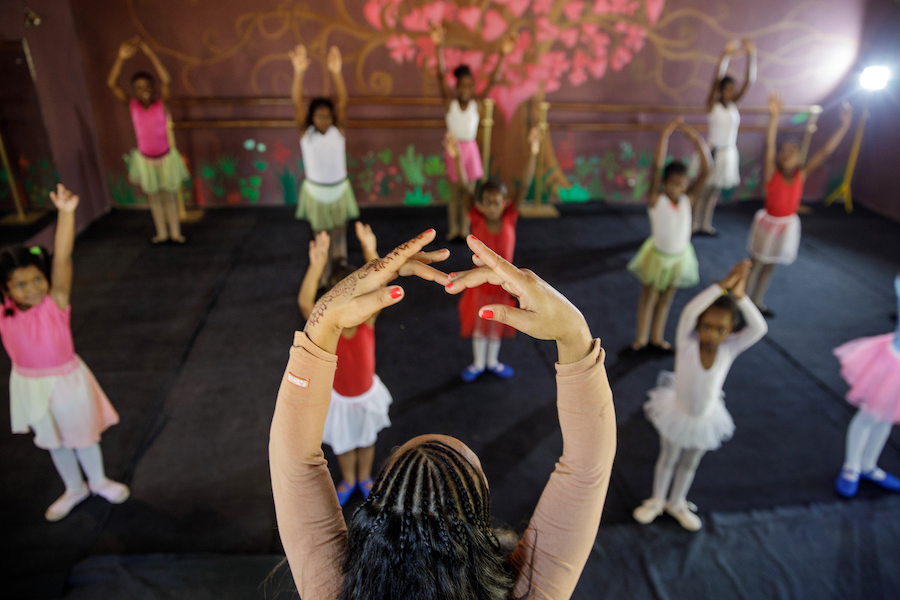
In 2008, already a doctoral candidate in Aesthetics, Sciences and Technologies of the Arts, Theatre/Dance option, the Mozambican choreographer and dancer Maria Helena Pinto created, for the end of the academic stage, a challenge that would honour her for the years of learning: to build from scratch an artistic village for creations, diffusions and artistic-cultural exchanges in a town. With no money or support, the dream generated other struggles: selling her own house in the capital and with the money building a multicultural space. Today, they call it Dans’Artes Artistic Village and it inspires arts and dreams in more than 700 scholarship holders and thousands of children from the community of Djonasse, in the district of Boane.
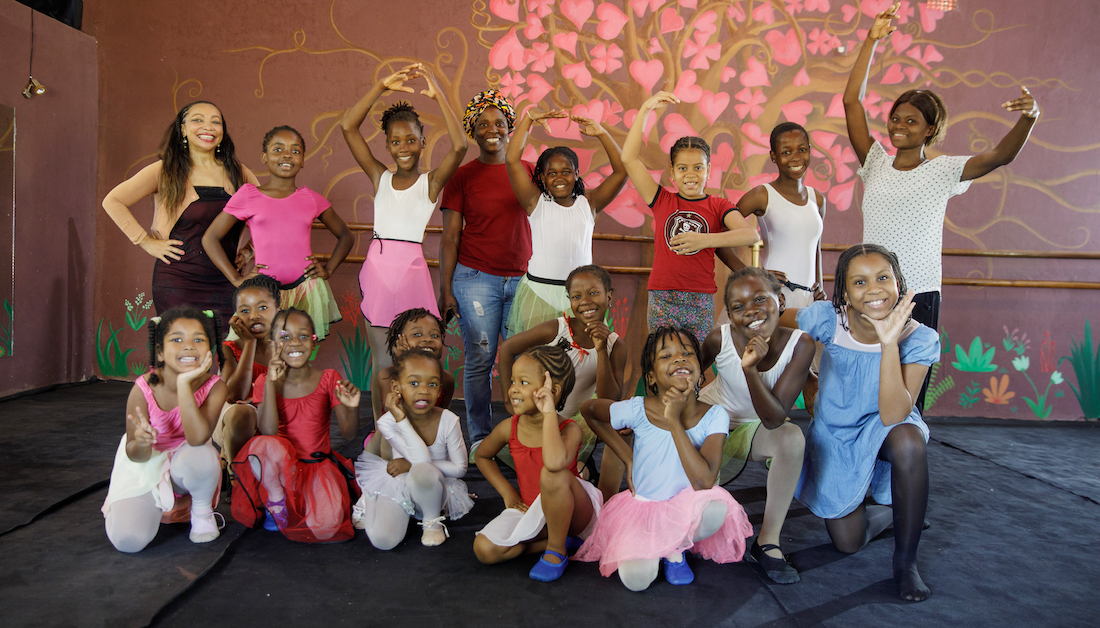
The Dans’Artes Artistic Village inspires arts and dreams in more than 700 scholarship holders and thousands of children from the community of Djonasse, in the district of Boane.
An empty, desert, rocky space in the middle of a disadvantaged community was, until then, the closest the ballerina could think of for her aspirations and within her means. Two years later, with the money from the house sold, Maria Helena Pinto managed to lay the first stone, building a fence wall and a main building designed to be a school. It was the birth of a hope for the arts that soon, due to the scarcity of funds, hibernated, leaving dreams again unfulfilled.
In March 2013, the dancer once again redefined her principles and bet on being bold: she organised the first show-fair in the unfinished artistic village under the motto “Bring a Brick and Help Build the Dans’Artes Artistic Village”, an event that was attended by two hundred people, including government authorities, national and international artists.
Thus, the dream came about as a catalyst for the country’s artistic industry, in the midst of the lack of spaces for cultural and artistic activities, for creations, promotion, creation labs and exchanges between artists. “Initially, the plan was to build a theatre, but based on the experience I gained throughout my career, inside and outside the country, I felt that it would be extremely difficult to make it economically viable. So, I thought of a village that could also cover the commercial side,” explained the artist for whom “the idea was also to decentralise the arts and their movements, which are only in the country’s capital.”
The village, in operation since 2015, currently has several infrastructures, namely, a café-bakery, reception room, changing rooms, a rehearsal studio and a tailor workshop, where all types of clothing for shows and any kind of artistic organisation are produced. Under construction, there is a theatre room, three residences, gym, recording studio, internet café, restaurant, swimming pool, guardhouses and a house for artists.
Dedicated to intervening in four areas – community, cultural, social and economic development –, the Dans’Artes Artistic Village has already awarded scholarships to 700 students and trained thousands of children from the community of Djonasse, in the district of Boane, in the areas of dance, music, circus and plastic arts, and crafts.
For 19 years, the village has been fulfilling its mission of educating children, teens and young people. Amélia José Manuel Ezembro, 17, has been a Dans’Artes scholarship holder since 2015. To her, the village brought more than a simple space for coexistence and learning, but impulses that helped her to face her fears and talents up close. “They transformed me and helped me to understand life through dance,” she confessed.
Issue 74 Jul/Aug | Download.
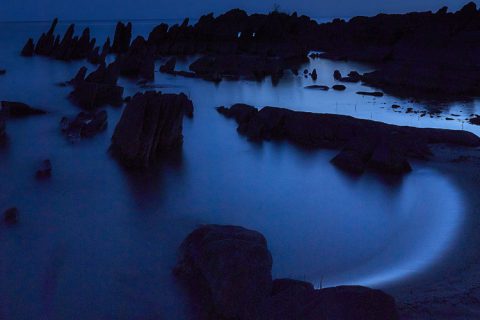
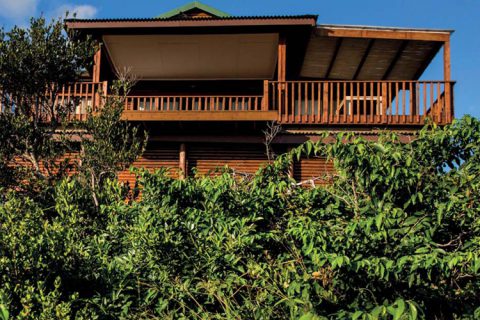

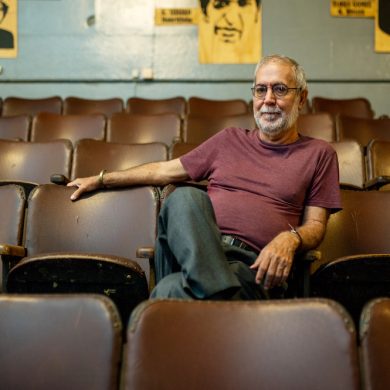
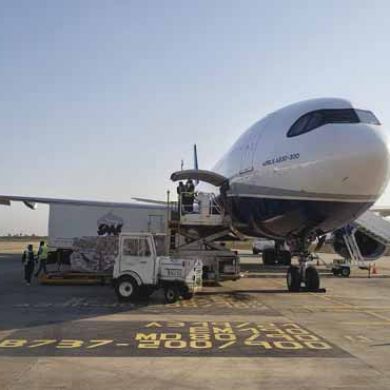

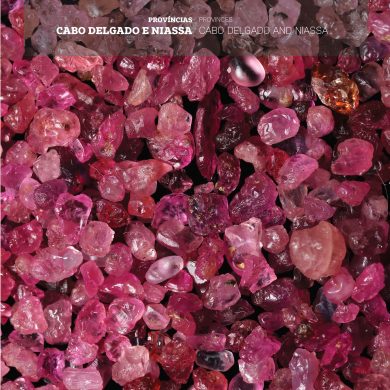
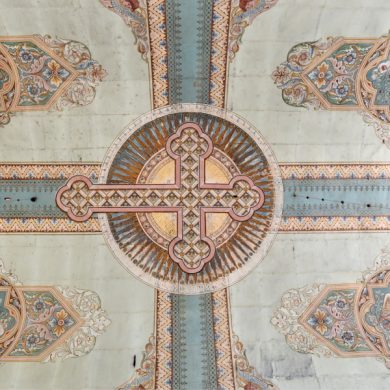
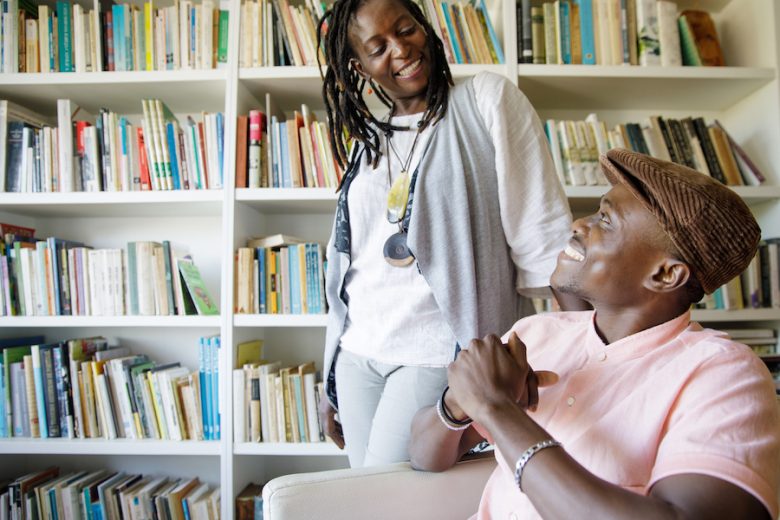
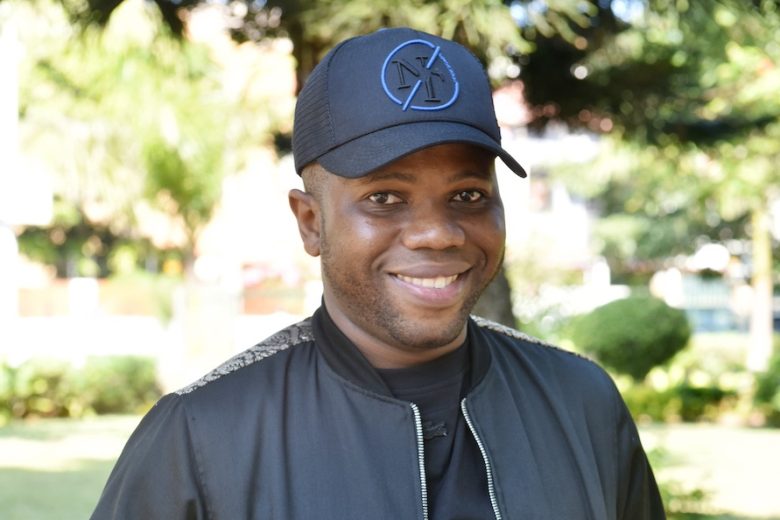










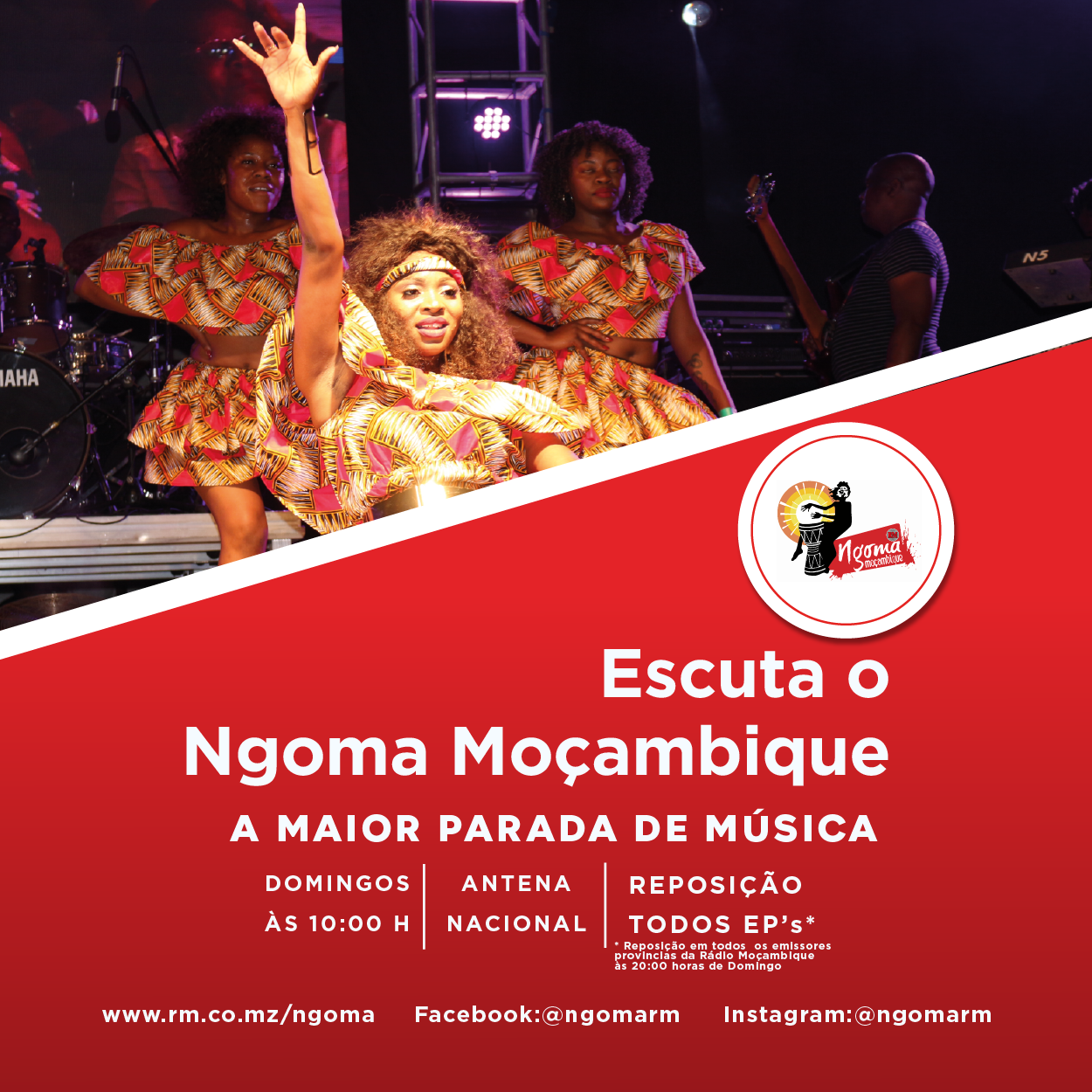
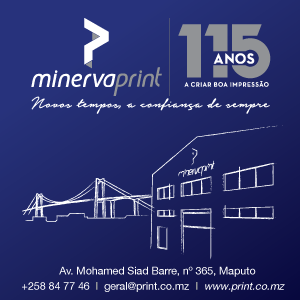





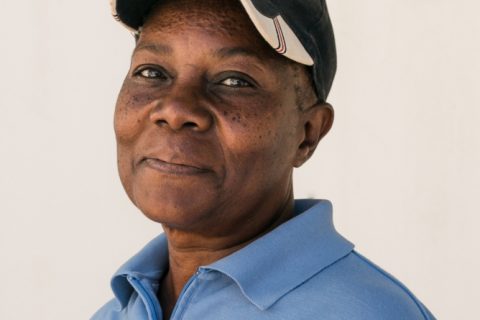
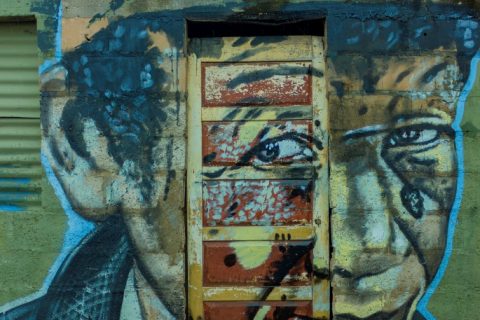

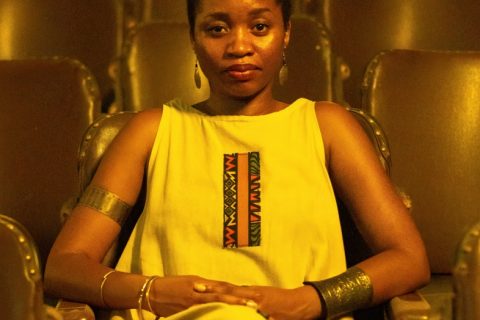

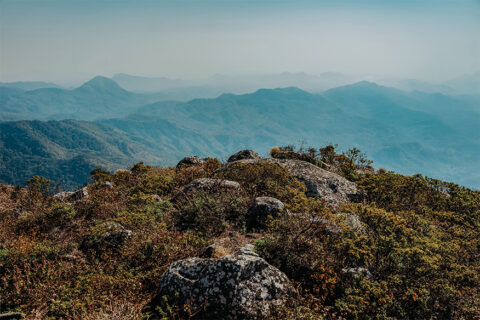


0 Comments